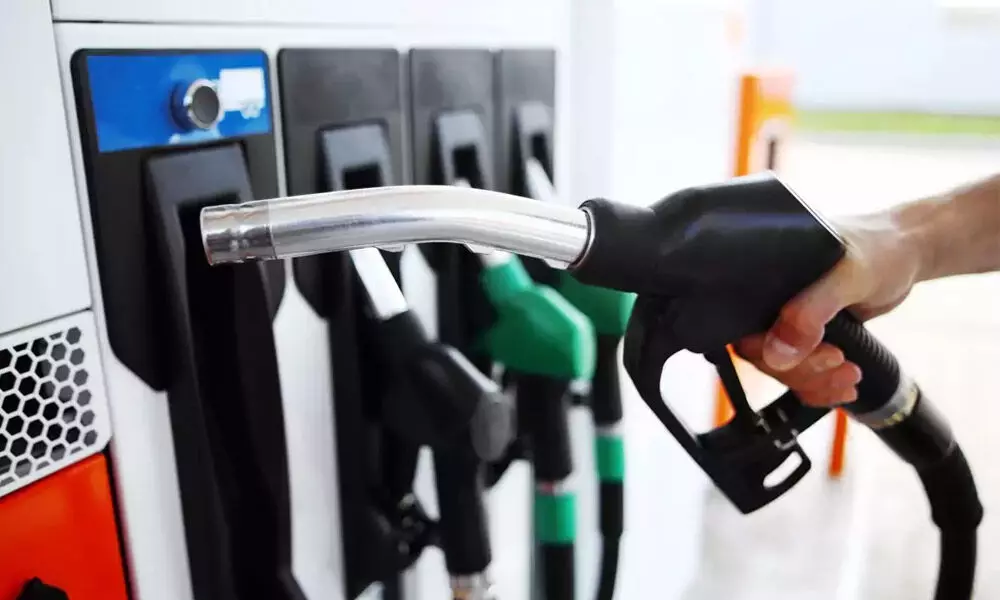India's push for clean energy tocut demand growth of petrol, diesel
Call it the changing dynamics of the Indian transportation sector (especially when it comes to character and composition of fuel usages) or something else! The number of CNG stations across the country has gone up more than three-fold
image for illustrative purpose

Call it the changing dynamics of the Indian transportation sector (especially when it comes to character and composition of fuel usages) or something else! The number of CNG stations across the country has gone up more than three-fold. There has been a significant decline in EV battery prices. The ethanol blending target has been advanced. And all these factors, take together, are expected to slash demand growth in petrol to nearly one per cent this decade from 8.4 per cent in the last.
Analysts think that the demand for diesel will be relatively resilient (2 per cent annual growth compared with 3.9 per cent earlier) because of non-exposure to the two-wheeler segment, where the shift to EVs is sharper, and the presence of a significant proportion of freight vehicles where CNG and EV penetration would be limited. And as a result of this, the proportion of diesel and petrol in the consumption of petroleum products will reduce to nearly 44 per cent by 2030 from close to 50 per cent now. Mind you that the Modi government had initially targeted 30 per cent EV penetration (in volumes) by the fiscal 2025, and later on redefined the target to 30 per cent by fiscal 2030, citing unpreparedness of the ecosystem. Since then, however, its stance on direct subsidy for purchase of vehicles has shifted positively. Revision of FAME-II incentives for two-wheelers, and additional purchase incentives announced by state governments in different forms, seem to be catching pace. Vehicle costs are, therefore, seeing sharper reduction. Significantly, in fiscal 2021, EV penetration in new vehicle sales stood at less than one per cent. And by fiscal 2030, this is expected to rise to over 10 per cent.
Going by a recent Crisil study, domestic demand for petrol (excluding ethanol) is expected to grow a mere two per cent between fiscals 2022 and 2025. Between fiscals 2020 and 2025, it is expected to be flattish at 28.8-29 MTPA. Over the next three years, 28-30 MT of domestic sales is expected to be displaced: 16-18 MT because of ethanol blending, 9-11 MT due to CNG and 1-2 MT by EVs. As EV penetration gains momentum post fiscal 2025, largely led by the two-wheeler segment, the fuel displacement is likely to get sharper.
We expect a total loss of 70-72 MTPA between fiscals 2026 and 2030 - 46 per cent attributable to ethanol blending, 34 per cent to CNG, and 20 per cent to EVs. A similar trend is visible in diesel as well. However, given that commercial vehicles account for the major share of diesel consumption (nearly 75 per cent), where the shift towards alternative fuel is expected to be lower, the loss in diesel consumption is estimated to be less than that in petrol. Of the total expected loss of 5-7 MT in diesel consumption between fiscals 2022 and 2025, 5-5.5 MT is expected to be on account of CNG, and 0.5-1 MT due to EVs. Indian policy makers have set a target of net zero emissions by 2070 and transportation will play a prominent role in India's energy transition plan.

